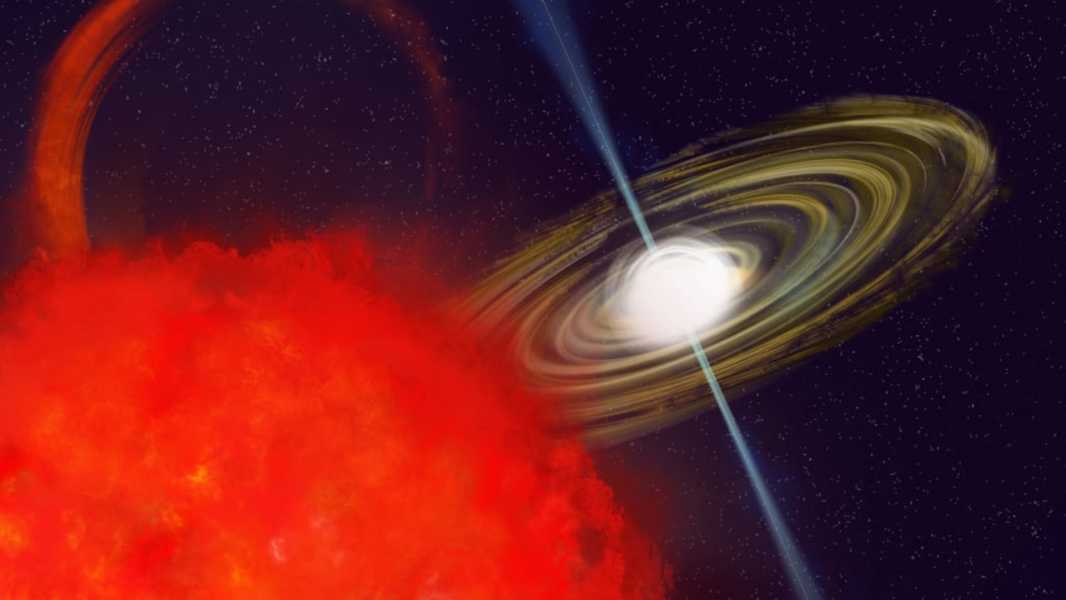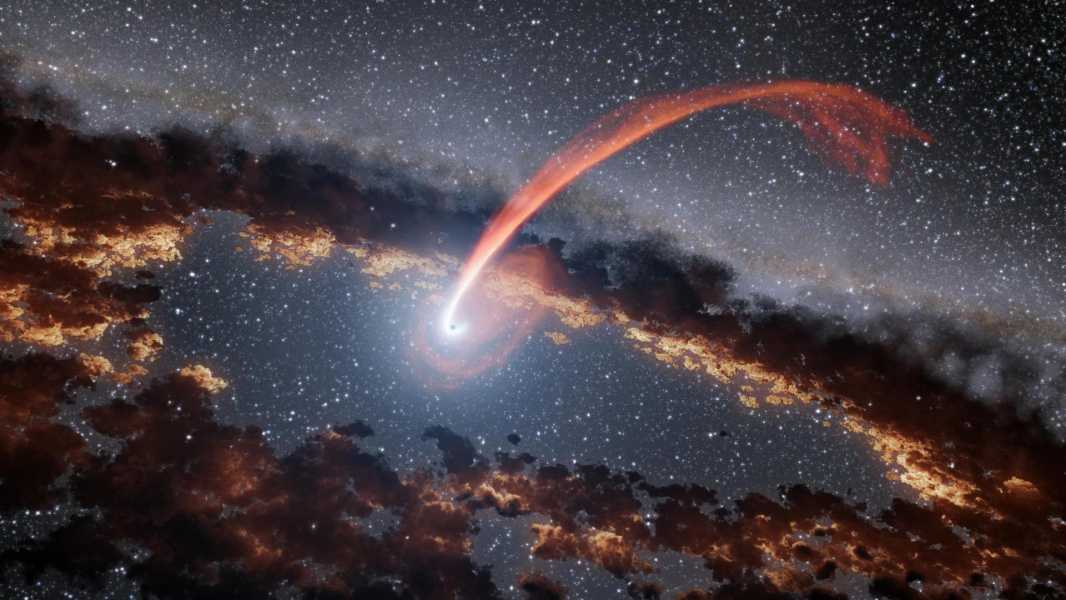
(Image credit: NSF/AUI/NSF NRAO/P.Vosteen)
A team of scientists led by the National Science Foundation's Green Bank Observatory (NSF GBO) recently identified an unusually rare object known as a long-period radio transient (LPT), designated CHIME J1634+44. These objects resemble rotating radio transients (RRTs), which are sources of short-duration radio pulses likely caused by pulsating neutron stars (pulsars). The main difference with LPTs is their extremely long rotation periods, which can last from minutes to hours. However, CHIME J1634+44 is the only LPT to date that exhibits rotation, as evidenced by its decreasing rotation period and unusual polarization.
These features challenge our current understanding of transient objects and raise new questions about the physics of the universe. However, the timing of the repeating radio bursts from CHIME J1634+44 remains uncertain. Fengqiu Adam Dong, a Jansky Fellow at the National Science Foundation's GBO, noted in an NRAO press release:
CHIME J1634+44 can be described as a “unicorn”, even among other LPTs. The bursts seem to repeat either every 14 minutes or every 841 seconds, but there is a distinct secondary period of 4206 seconds, which is exactly five times longer. We think both options are possible, and it is likely a system in which something is orbiting a neutron star.
You may like
-

Strange New Object Sends Radio Signals to Earth Every 44 Minutes
-

Astronomers have identified the most powerful cosmic explosions since the Big Bang
Sourse: www.livescience.com





